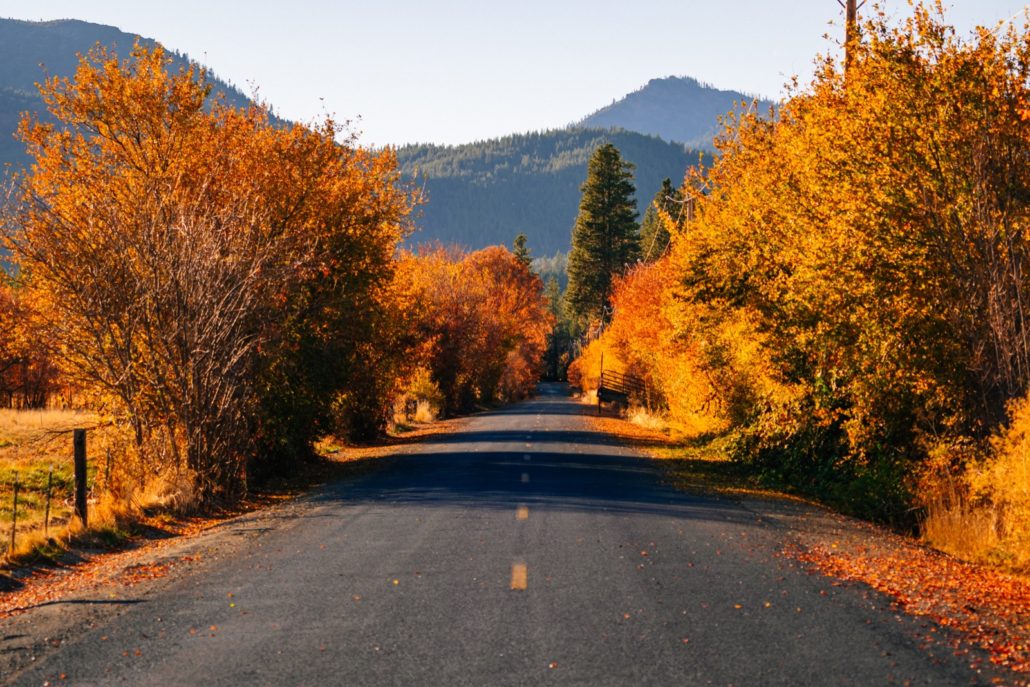Why do leaves change color?
Leaves on deciduous trees change color in autumn from green to various hues of lime, yellow, gold, orange, red and brown because of a combination of shorter days and colder temperatures.
Throughout spring and summer, green chlorophyll (which allows trees to absorb sunlight and produce nutrients) is made and replaced constantly.
However, as days grow shorter, “cells near the juncture of the leaf and stem divide rapidly but do not expand,” reports Accuweather.com. “This action of the cells form a layer called the abscission layer.
“The abscission layer blocks the transportation of materials from the leaf to the branch and from the roots to the leaves. As Chlorophyll is blocked from the leaves, it disappears completely from them.”
That’s when vivid yellow xanthophylls, orange carotenoids and, due to a different process, red and purple anthocyanins emerge.
Orange is found in leaves with lots of beta-carotene, a compound that absorbs blue and green light and reflects yellow and red light, giving the leaves their orange color.
Yellow comes from Xanthophylls and Flavonols that reflect yellow light. Xanthophylls are compounds and Flavonols are proteins. They’re what give egg yolks their color.
Though always present in the leaves, Carotenoids and Xanthophylls are not visible until Chlorophyll production slows.
Red comes from the Anthocyanin compound. It protects the leaf in autumn, prolonging its life. Anthocyanins are pigments manufactured from the sugars trapped in the leaf, giving term to the vernacular expression, “the leaves are sugaring up.”
The best fall color occurs when days are warm and nights are clear and cold. California’s cloudless skies and extreme range of elevations (sea level to 14,000′) provide ideal conditions for the development of consistently vivid fall color, as seen in these reports.





















































